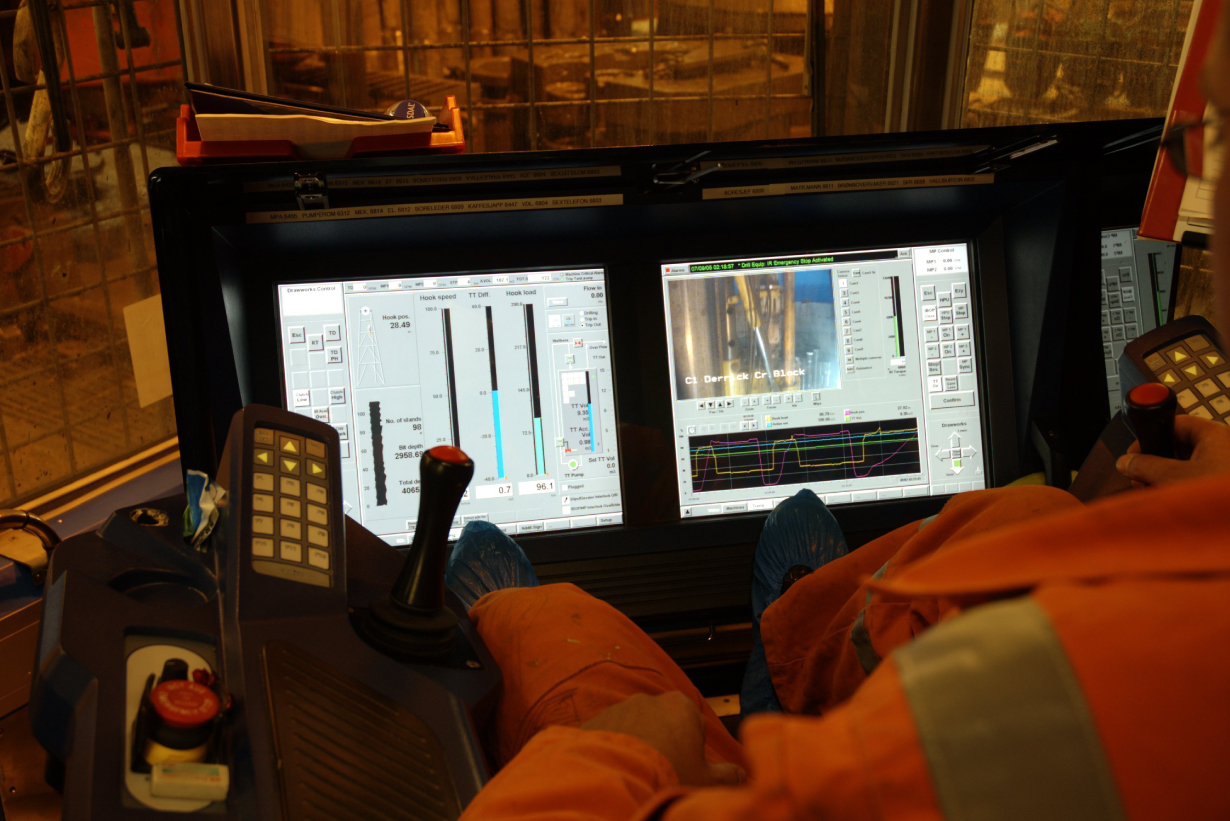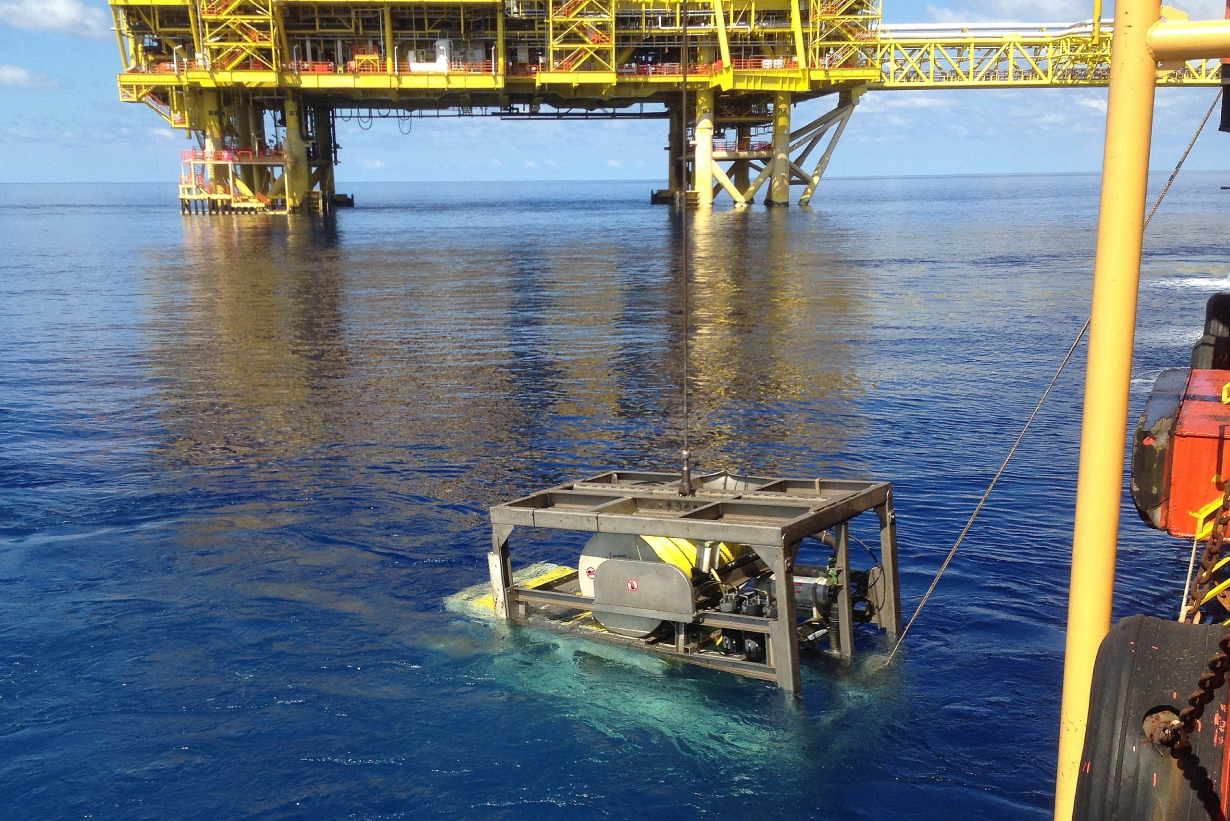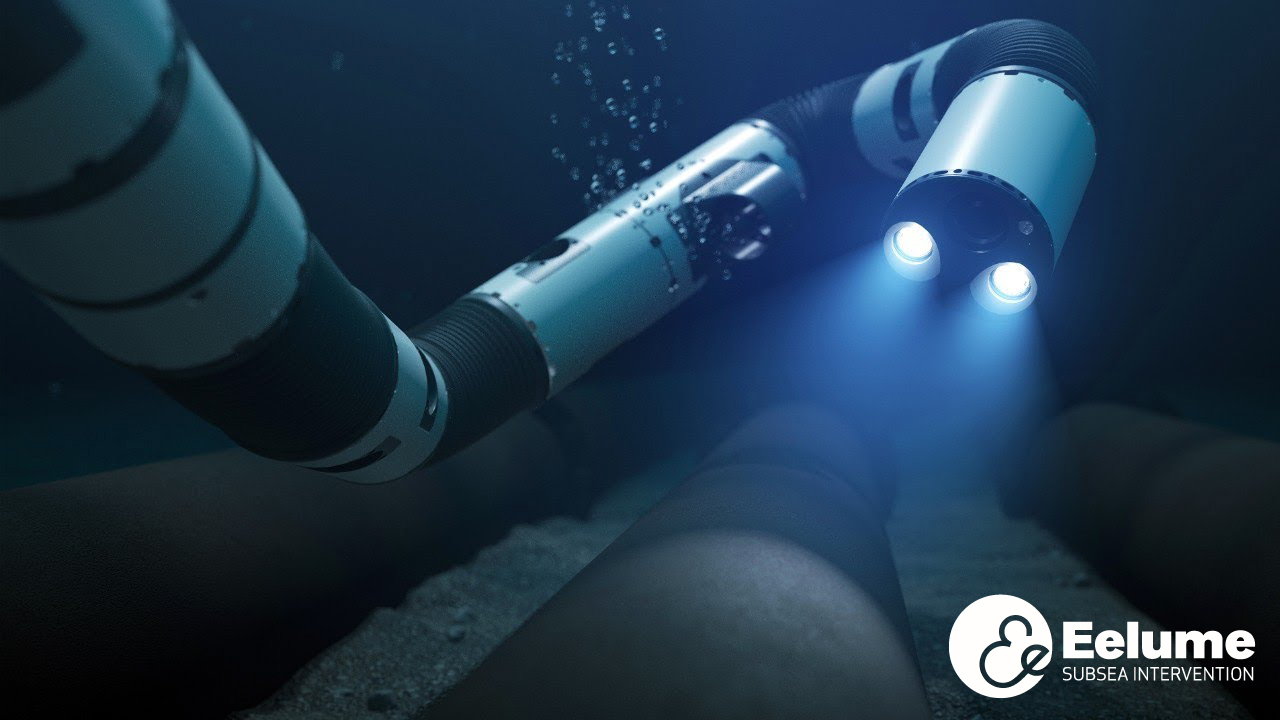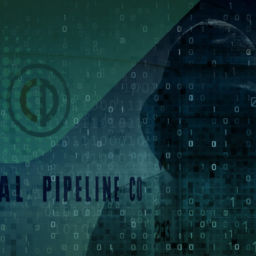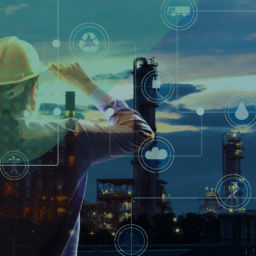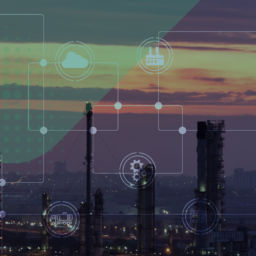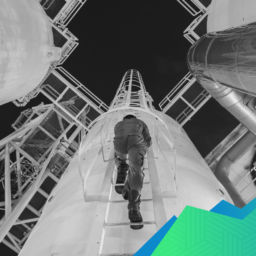INDUSTRIAL ROBOTICS: RE-INVENTING AND IMPROVING SAFETY
The natural resources industry is considered one of the most dangerous jobs in the world. The number of potential hazards this field faces on a daily basis requires an extraordinary amount of safety precautions to keep risk on a controllable level.
But – even with the development of highly complex safety measures that are in place today, accidents do occur, and frequently.
The Pipeline and Hazardous Materials Safety Administration (PHMSA) statistics from 2010 to 2021, for example, show a shocking number of incident reports during the past decade: 6,950 in total, translating to an average of 1.7 safety incidents a day – in the USA alone!
The solution to the problem of oil and gas safety lies, as much does today, in recent industrial technology developments.
The adoption of new technologies into the critical infrastructure sector has been slow; it is still considered not a disruptive industry, but a risk-averse, conservative one. However, the recent years have seen more of a push toward digital transformation: from investing into developing the IT sector of the industry, providing it with more operational control, merging IT with OT, to even – experimenting with new advanced technologies such as robots.
WHY ROBOTS INSTEAD OF HUMANS?
Robotics have already been on the steady rise in many other areas of industry – with the Covid-19 pandemic especially, we have witnessed the adoption of automation everywhere from hospitality to the medical sector. Long before 2020, automated machines began to be used prominently in manufacturing and agriculture, taking over the most repetitive and dangerous jobs within these fields, and ultimately delivering significant cost-and-time efficiency.
And it seems robots have finally found a more permanent place within the oil and gas industry, too. This moment could not have come soon enough – as the field tries to grapple with fundamental organizational, operational and structural changes, an unpredictable market, and an aging workforce. At the same time, attracting new candidates is hard work, as reports show younger generations are reluctant about entering the field, citing concerns for job security and, more importantly – safety.
Industrial robotics have the potential to change all that, replacing outdated equipment and taking over tasks that are considered unsafe for people.

MOST COMMON HAZARDS
Your team will face many different sources of danger even during one average day on the rig.
For example, the risk of accident starts before the workday is even properly begun, during transport to offshore sites. Transporting employees to offshore rigs involves boats and/or helicopters, which carries risk of encountering dangerous rough winds and turbulent seas.
Other times, it is just simple human error that carries the possibility of injury – slips and falls on elevated rigs can be a matter of life or death.
One of the more common sources of injury is the equipment itself. Workers can be hit by unsecured pieces of equipment, or get stuck in between several objects, with – again – potentially fatal outcomes. In fact, OSHA stated that 3 out of 5 on-site fatalities in the industry are exactly the results of contact accidents.
One of the most dangerous hazards in the natural resources industry, is naturally, the leading risk of fire and/or explosion. This is due to combustible gases that can sometimes be released during drilling, blowouts or swabbing, and that have a tendency to react with air.

Explosions can happen everywhere and everytime. Even though you’d expect them to occur most frequently at sites where the infrastructure has not been properly maintained or is just very old and susceptible to corrosion and damage, as was the recent case in Phoenix, actually most incidents of this kind, according to FrackTracker, happen at newer pipelines. The infamous Revolution pipeline story highlights this.
Another hazardous aspect in the oil and gas extraction business is exposure to various chemicals. Industry workers most often come into contact with these chemicals through issues of inadequate ventilation – and depending on the level of toxic concentration in these gases, that can carry huge consequences.
Substances such as hydrogen sulfide (also known as H2S), for example, represent a special amount of danger, as they are colorless and difficult to detect. Exposure to chemicals of this kind, that can happen during gauging and drilling, causes symptoms such as headache and nausea, to more severe health damage, like respiratory paralysis, convulsions, heartbeat irregularity, and even death.
ALLEVIATING RISK
In order to combat the increasingly difficult environmental conditions of the work that goes into the fossil fuel industry, this is where robotics can – and should – step in.
Implementing robots in the workforce does come with an up-front cost, as well as maintenance expenses, however it reduces overall costs, saving time and, most importantly, protects the health and safety of the workers. And while this process does require a fundamental upskilling of the workforce, the benefits of this transformation are multiple and manifold.
There are several stages of the industrial process where robots have begun to see more use:
- Surveillance and exploration
- Operation and production
- IMR (Inspection, maintenance and repair).
EXPLORATION
Surveillance and exploration tasks of potential resource sites, whether they are over-head or underwater, have always been one the most challenging parts of the oil and gas extraction business. Harmful gases that can be encountered under the earth’s surface, harsh climate of remote rig sites, or the many hazards the ocean floor carries, such as deep water pressure, dangerous fauna, or unpredictable seabed terrain, all represent a high level of danger to human life.
Adoption of remote-operated drones or autonomous underwater surveillance vehicles offers all the data that is necessary, without exposing workers to the risk the surrounding environment poses.
Technologies such as ANYmal and Guardian S, equipped with visual and thermal cameras, microphones and gas detection sensors, can generate a detailed map of potential resource point’s environment without exposing the work teams that operate them to unnecessary danger.
OPERATION
As drilling sites move deeper into the earth or the ocean, the work environment becomes more extreme and therefore unsuitable for humans. The temperature levels of these sites can be either uncomfortably and dangerously high or low, not to mention the high levels of hazardous gases.
In addition to that, as rigs go deeper, they mine more crude oil, which contains more sulfur impurities. This type of oil, also known as “sour”, affects the infrastructure, increasing risk of equipment damage and failure, which in turn increases risk of safety incidents when working around pipelines.
Roughneck robots carry out tasks such as connecting drill pipes in challenging places, without having to involve a human work team in the process at all. This solution doesn’t sacrifice speed of production to the general safety of your team.
IMR (INSPECTION, MAINTENANCE AND REPAIR):
This is one of the most important areas of the oil and gas extraction process – that involves tasks such as dial reading, checking positions of valves and gauges, monitoring for dangerous concentrations of harmful gases.
Unmanned, fully automated or remote-controlled vehicles once again offer the solution necessary to carry out routine inspection, maintenance and repair without exposing workers to hazardous conditions. Inventions such as Eelume, developed by the Norweigian University of Science and Technology, are intended to fully dispose of human intervention.
Eelume was designed to perform subsea inspection and maintenance, without ever touching the water surface. Instead, it requires a docking and recharging station that’s located on the seabed. In this way, the work team on-shore is completely unburdened by the risks underwater maintenance poses, and can instead monitor and analyze the information Eelume and similar technologies send to the database – making for clear channels of communication and an efficient operational process with no danger to human life involved.
DEPLOYMENT – WITH MEASURE
Finally, one important point has to be made – as widely applicable as they may seem, robots are not meant to ever fully replace human operators, but to function as helpful tools and co-operators.
The future of oil and gas lies in the quick adoption of industrial robotics, but also making sure not to over-rely on these technologies.
These helpful machines should only be deployed where it is deemed necessary, and used with measure and oversight.
ATS has been in the ICT field for 18 years and our expertise includes System Integration, Maintenance, and Support, along with Advisory and Consultancy. For more information about the advanced cyber security services we offer click the image below.



